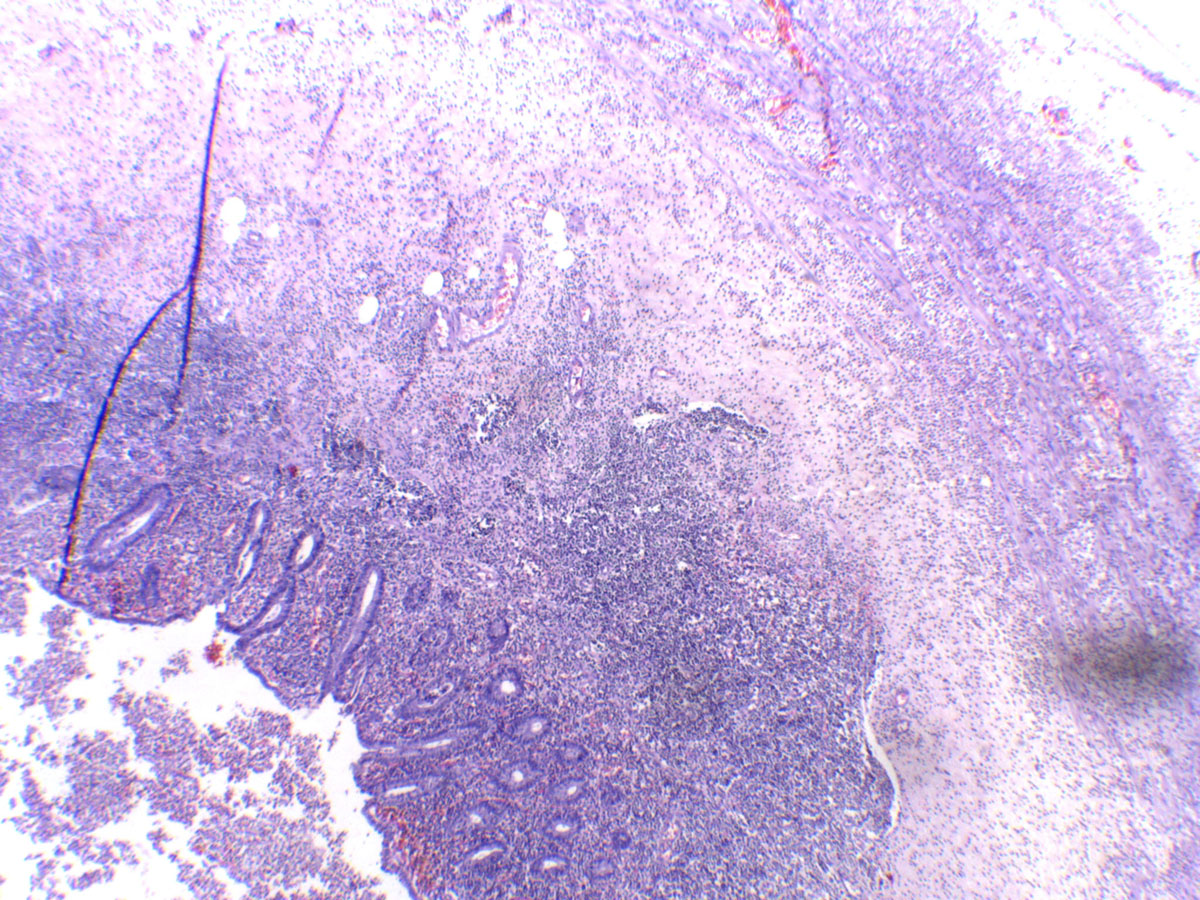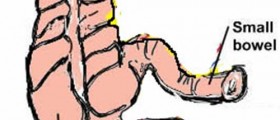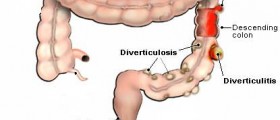
Appendicitis-Overview
The appendix is a closed-ended, narrow tube upto several inches in length that is attached to the cecum (the first part ofthe colon). No one is quite sure what the actual function of theappendix is, and it has been proven that a human being can live without itwithout any consequences.Appendicitis is a condition characterized by the inflammation of the appendix. Itis treated as a medical emergency that needs prompt surgery to remove theappendix. If it’s left untreated, it can burst, spilling infectious materialsfrom the colon into the abdominal cavity. This, in turn, may lead to other,more severe health problems.
Causes of Appendicitis
The actual cause of appendicitis is yet unknown, but it isthought that it begins with the opening from the appendix into the colon becomesblocked. The blockage may happen because ofthe build-up of thick mucus within the appendix or stool that might enter theappendix from the cecum. The mucus or stool hardens, becomes rock-like, andblocks the opening. This leads to an inflammation in the appendix.
There is yet another theory that says that the cause of this condition is arupture in the appendix wall. This rupture causes bacteria to spread outsidethe appendix, thus causing an inflammation. However, the cause of such ruptureis unclear.
Symptoms of Appendicitis
The symptoms of this condition are, in general, the same as in men. The onlyexception may be pregnant women that might not experience some of the normalsymptoms.The common symptoms of appendicitis are: pain around the navel that might shiftto the lower right abdomen (and it also becomes sharper over several hours),tenderness of the lower abdomen, low-grade fever, loss of appetite, nauseaaccompanied by vomiting, abdominal swelling, constipation or diarrhea, etc.It is important that one consult a doctor as soon as the first symptoms havebeen spotted. If left untreated, the appendix might burst, causing the bacteriato rapidly spread all over the lower abdomen. This may lead to othercomplications, such as peritonitis (a serious inflammation of the abdominalcavity’s lining), that can be fatal unless quickly treated with antibiotics. The only way to treat appendicitis is to surgically remove the appendix. Thiscan be done in two ways: with an open surgery or laparoscopic surgery.
Appendicitis in Pregnant Women
Appendicitis is far trickierto diagnose in pregnant women. This is because many of its symptoms are usuallyalso connected to the pregnancy. Pregnant women may notexperience the pain in the lower right side of the abdomen. This is why, anyabdominal pain that has been experienced during pregnancy should be considered asa potential symptom of appendicitis. Treatment is much easier if the appendix has not ruptured.

















Your thoughts on this
Loading...